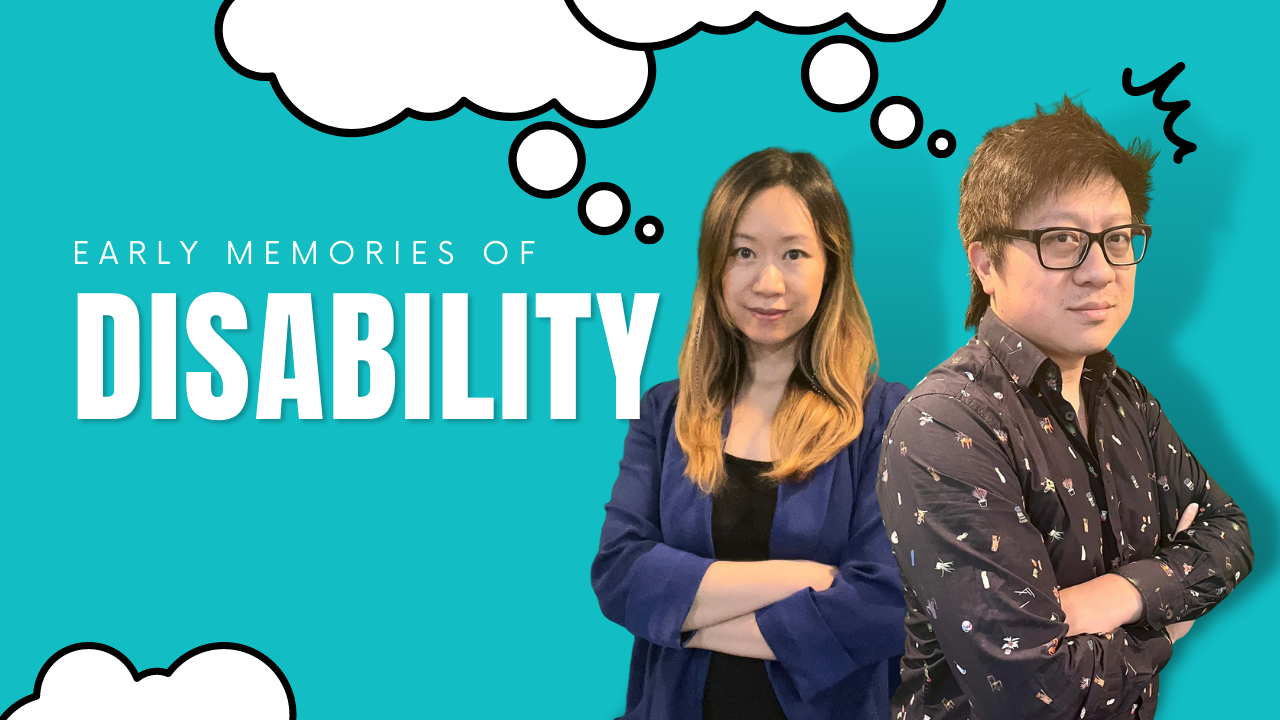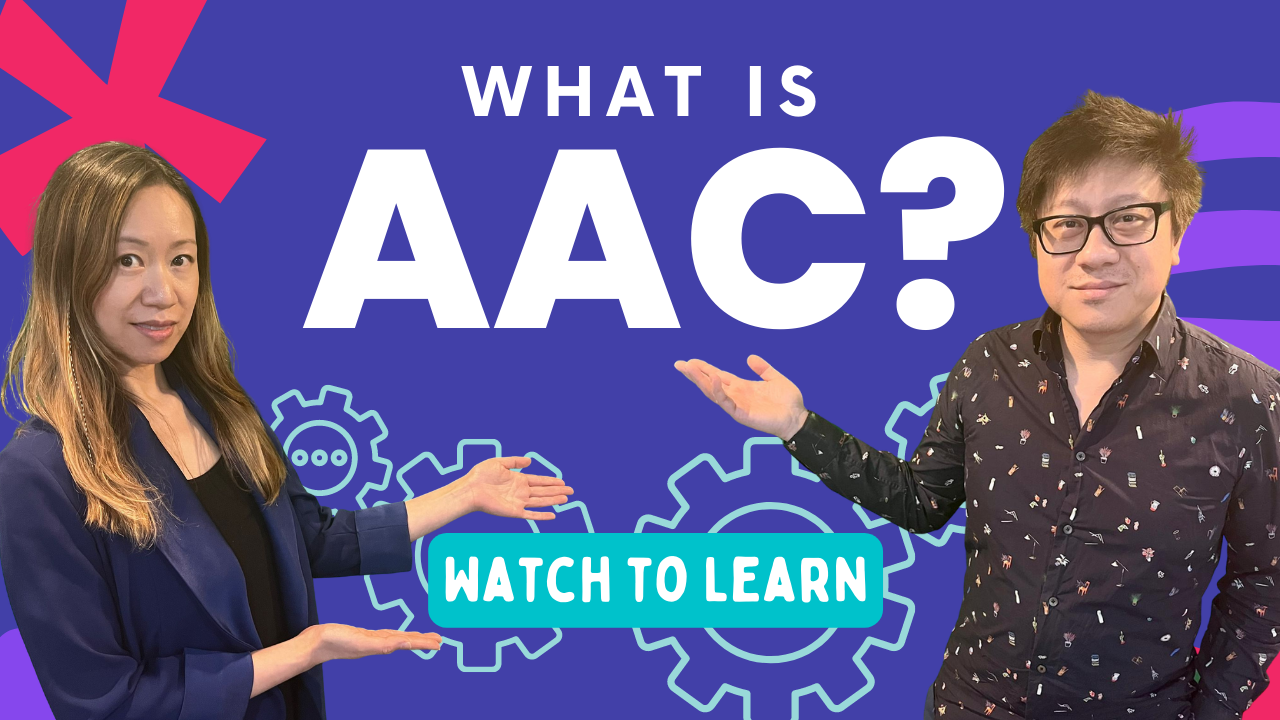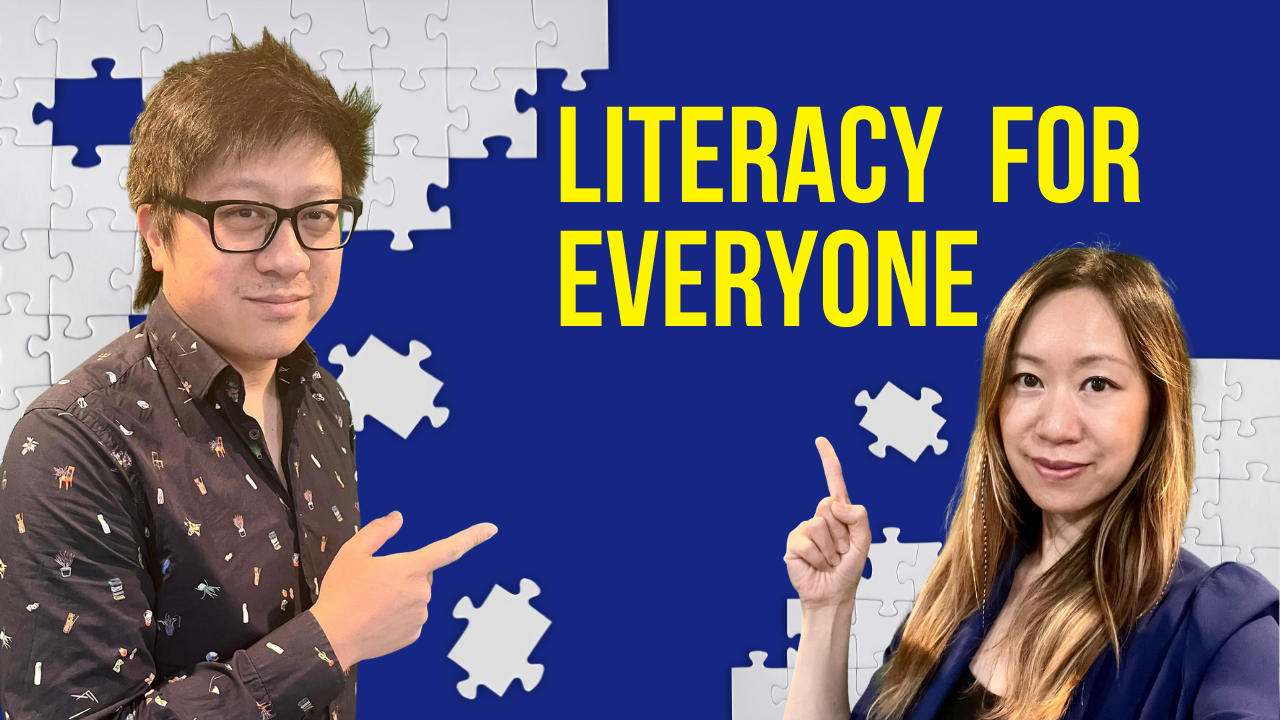At the age of 4, Joe Kwan and Joyce Lo’s beautiful son was diagnosed with autism as well as another rare genetic condition call SATB2 associated syndrome. “[Their] initial reactions were shock, grief and fear of the unknown. Since then they have received support from other special-needs families, specialists and therapists.” Although Joe and Joyce have a lot on their plates with their son’s care and raising their other young son, both recently graduated from the Masters of Educational Technology (MET) Program at UBC. They are grateful for the program which has taught them about ableism, equity and technology, and are taking what they’ve learned out into the world.
As Edith Lando VLC grant recipients they have created a series of five videos that take you through their experience and what they’ve learned.
Early Memories of Disability
Joe and Joyce share early memories of disability and invite you to reflect on society’s perspective of people with disability. Growing up, did you have people with disabilities in your classrooms or were they segregated? What were you taught (if anything) about people with disabilities? This video will guide you in a personal reflection of your own journey with disability, and how these memories shape and form your current perspective.
What is Ableism?
Viewers are invited to explore how our education system is influenced by the medical model of disability and its discrimination against disabled people. Similar to racism, sexism, and ageism, ableism exists in society. Unfortunately, our Western culture tolerates ableism, to a large extent, and accepts the medical model of disability, a belief that able-bodied people hold higher value than people with disabilities.
In this video, Joyce and Joe compare and contrast the medical model against the social model of disability, which views disability as solely differences that are neutral and unique to each individual, similarly to how we view a person’s age, race, and gender (Human, 2017). The social model of disability explains that disabilities are created by society itself, drawing upon examples such as buildings that are inaccessible to all and technology that is not inclusive to the deaf, mute, and blind communities. AS you watch, reflect on your own values and practices, along with the medical model’s influence in our society, and how we can provide more equity, diversity, and inclusion by incorporating the social model of disability into our educational system.
What is Technology?
Joyce and Joe examine and challenge the definition of technology as we know it. What is technology, who uses technology, and how can technology support/empower AAC (assistive and alternative communication) device users? They encourage the audience to examine their current understanding of technology and how leveraging technology can open up new doors in education.
What is AAC?
This video is an introduction to the uses and benefits of AAC devices. The focus of this video is to provide AAC users and their support team with a broad overview of AAC as a student’s primary communication tool. We will review different AAC options (no tech, low tech, high tech), how AAC is commonly used, and the benefits of AAC usage at school, in the home, and throughout the community.
Literacy for Everyone
The material presented in this video is derived from Karen Erickson and David Koppenhaver’s book Comprehensive Literacy for All: Teaching Students with Significant Disabilities to Read and Write, from Joe and Joyce’s personal experiences as special needs parents, and from other authors and educators they have had the privilege to come across on their journey. Joe and Joyce posit that everyone, even those with significant disabilities, can learn literacy if they have access to knowledgeable educators and a supportive environment.




